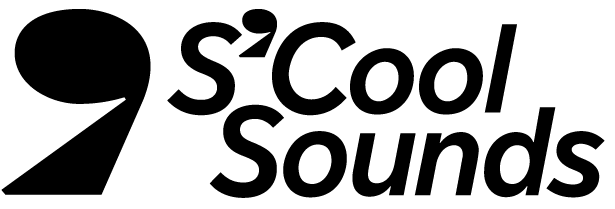Introduction to Middle Eastern and North African Music and Instruments
Lesson 1
Teaching Artist: Ronnie MalleySUMMARY
This is the first lesson from the Ya Habibi course. Students will visit the Middle East and North Africa to learn about the region’s musical traditions, instruments, and cultures. Students will also learn Arabic words, songs, and rhythms from the region.
OBJECTIVES
Identify different instruments from the Middle East and North Africa.
Recite rhythmic syllables for a traditional rhythm found in Middle Eastern and North African songs.
Describe a cultural component from the Middle East and North Africa.
MATERIALS
TEACHER BACKGROUND
This lesson was designed for two full classes/school periods. Teachers can amend the lesson duration to meet student needs, abilities, and accommodate class schedules. See the glossary at the end of this lesson and refer to it when necessary.
EXPLORE
1. Display Google Slides: Introduction to Middle Eastern and North African Music and Instruments. Distribute the Ya Habibi Travel Diary and allow students to personalize it. Tell students they will use their diary as they travel through the Middle East and North Africa, drawing and recording important facts about other cultures. Refer to the glossary at the end of this lesson and refer to it when necessary.
2. Introduce students to Middle Eastern and North African music by playing the video Ya Habibi - Lesson 1 - Introduction. Tell them to pay attention to the instruments and Arabic percussion alphabet.
LEARN
1. Ask students: Who can name one of the three sounds we learned from the Arabic percussion alphabet? (doum, es, and tak) Then ask: Which of those three sounds represents the low tone? (doum) Which of those three sounds represents the high tone? (tak) What does the “es” represent? (silence or a rest) Replay parts of the Ya Habibi - Lesson 1 - Introduction video to reinforce understanding.
2. Have students vocalize the following pattern at a slow, steady pace:
Doum es doum tak, doum es doum tak, doum es doum tak
Encourage students to use the correct vocal range for each of those sounds (doum being a low tone, and tak being a high tone). Repeat this pattern at increasingly faster speeds as students become more comfortable.
3. Introduce body percussion movements to be paired with each Arabic percussion sound:
Doum - hands on thighs, or fist gently on chest
Es - hold hands apart
Tak - clap
4. While still vocalizing the above pattern, have students make the body percussion movements according to the pattern:
Doum es doum tak, doum es doum tak, doum es doum tak
Repeat this pattern at increasingly faster speeds as students become more comfortable.
5. Have students silently say the pattern in their heads, while making the body percussion movements:
Doum es doum tak, doum es doum tak, doum es doum tak
Repeat this pattern at increasingly faster speeds as students become more comfortable.
6. Find similar types of tones (high and low) in the classroom or surrounding environment. For example, desktops make a powerful low tone, and a pencil against a metal chair leg makes a high tone.
7. Students will repeat the pattern using their own percussion sounds from the classroom or surrounding environment.
Doum es doum tak, doum es doum tak, doum es doum tak
PERFORM+SHARE
1. Once students are confident, split the class into small groups (of three or four students each). Have each group decide upon which of their own percussion sounds they will use to perform the pattern for the rest of the class.
2. Record a video or audio version of your students’ performance, then upload it to the S'Cool Sounds Padlet.
GLOSSARY
Al-oud - pear-shaped, wooden, plucked string instrument found in West Asia and Africa; predecessor to the European lute, which derives its name (l’ute) from el-oud; also means wood or twig in Arabic
Arab - member of the Semitic people from the Arabian peninsula and parts of Africa who speak Arabic
Arabic - a Semitic language spoken in West Asia (also called the Middle East) and Africa
Arabic Percussion Alphabet - D (Doum) | - (Es) | T (Tak)
Ayub - an iqaa (rhythm) played with 4 beats as: D - D T
Berber - member of the indigenous people of North Africa; also the name of the language
Darbuka - goblet shaped drum sometimes made out of clay and animal skin or aluminum and plastic; also called doumbek, derbecki, or tabla
Douf - also called Bendir or Mazhar, is a frame drum
Iqaa - rhythms and percussion from West Asia and Africa
Longha - a classical Middle Eastern music form
Maqam - musical scales and music theory from West Asia and Africa
Marhaba - hello in Arabic
Riq - Egyptian tambourine with jingles and an animal or plastic skin
Tabla - see darbuka; from the verb “tabl” (tuh-bel) meaning to drum in Arabic

